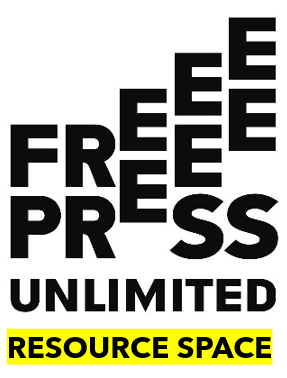In recent years, there is much attention for media viability among media outlets themselves, but also among media development organisations and other stakeholders. Media viability has always been an issue for media outlets in politically and economically challenged environments. In particular, this has been the case for media operating in repressive contexts. For these media, media viability is not really a new topic. Yet, media viability has become a ‘hot topic’ more recently also in relative free and economically developed parts of the world. The reason is that media everywhere have difficulty to survive nowadays, mainly due to digital transformation.
The digital transformation has affected the media and information landscape heavily in the last decade. Audiences are in large majority turning online to serve their information needs. Traditional media in the form of newspapers, television and radio, have increasingly followed this move and have expanded or moved into the digital space. A large majority of media start-ups are digital born and exclusively found online. However, the traditional business models of media do not function in the online space as they did in the offline space, because of the reasons outlined below.
Advertisement Space
The main cause behind the increased attention for media viability is the fact that the digital transformation has made even outlets in the relative rich and politically free countries fragile. The move to online means a world of difference for most media. Advertisement and sales (including subscriptions) – the two main income generation streams that used to generate income for these media – are not very profitable anymore.
Instead of media being the only platform for advertisement – in print form, on the radio or television – the internet has opened up every single website, search engine and social media platform as an opportunity to advertise. Big tech platforms have jumped on this opportunity, making Facebook and Google the biggest competitors of media in terms of advertisement revenue.[1]

Flow of Information
The internet is also allowing people to freely access an enormous flow of information. At the same time, it is offering ample opportunity for every individual, company or institution to spread information online. These new information providers form competition for the traditional media sector. Audiences are less willing to purchase a paid subscription to receive information they believe they can find elsewhere on the internet for free.[2]
Decline of Trust
Audiences have become more distrustful about the information they receive through mainstream media. In fact, according to the Edelman Trust Barometer[3] – an annual survey conducted in 28 countries – media have become the least trusted institution. Digitalisation has created a space online for alternative voices, both reliable and unreliable.
Changes in Audience Behaviour and Algorithms
Digital transformation has brought an additional challenge to media: audiences have changed – and continue to change – their (news consumption) behaviour. This requires flexibility and fast-paced innovation of any media business. Media need to constantly monitor audience behaviour and experiment with different formats to retain or grow their audience.
There are two factors at play that influence audience behaviour. First, this is the information environment itself. Both the amount of information online as well as the formats in which this information is offered (for example increasingly visual, or drawing attention in the form of clickbait) change the preferences that audiences have in consuming information.[4]
Secondly, digital platforms use algorithms to bring news to audience segments. In the platform-dominated online environment it is almost impossible for media to work around social media. However, these platforms are often not transparent about the algorithms used. Also, algorithms are regularly changed without clear communication about these changes. Media businesses are then faced with sudden changes in audience numbers, which affect their reach and revenue.[5]
Read more on the causes of media fragility
The Cairncross Review: A Sustainable Future for Journalism (Cairncross)
More than Money: Rethinking Media Viability in the Digital Age
(Deutsche Welle Akademie)
Footnotes
[1] See several online (news) resources on this topic: from Investopedia, The Sydney Morning Herald, the Press Gazette, and Mint
[2] Milosevic, M., Financially Viable Media in Emerging and Developing Markets (WAN-IFRA)
[3] 2020 Edelman Trust Barometer
[4] To read further about the link between the digital transformation and changing audience consumption patterns: World Economic Forum, Four Digital Trends Reshaping the Media Industry
[5] Cornia, A. et al., Private Sector News, Social Media Distribution, and Algorithm Change (Reuters Institute and the University of Oxford). Also see Getter, P., Why Do Social Media Algorithms Always Change?
